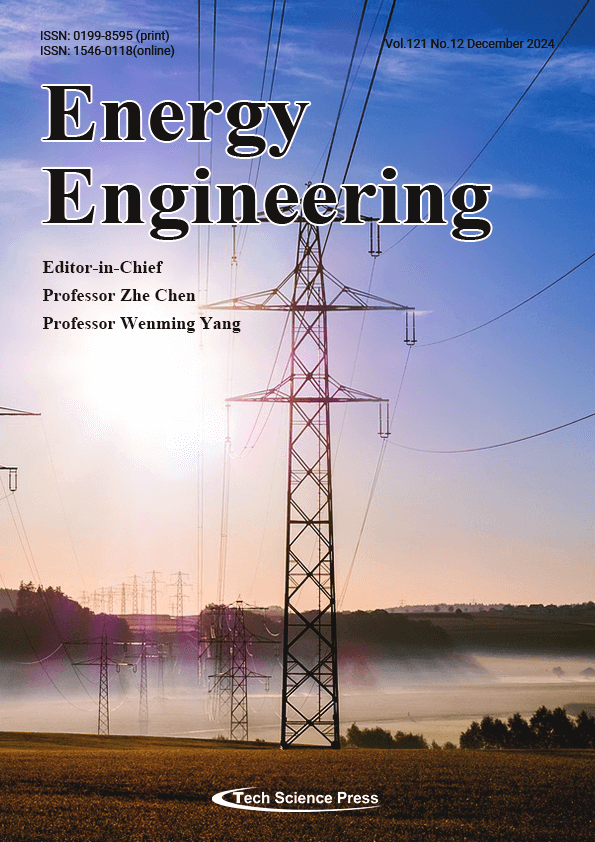A Critical Review of Active Distribution Network Reconfiguration: Concepts, Development, and Perspectives
Bo Yang1, Rui Zhang1, Jie Zhang2, Xianlong Cheng2, Jiale Li3, Yimin Zhou1, Yuanweiji Hu1, Bin He1, Gongshuai Zhang4, Xiuping Du4, Si Ji5, Yiyan Sang6, Zhengxun Guo7,8,*
Energy Engineering, Vol.121, No.12, pp. 3487-3547, 2024, DOI:10.32604/ee.2024.054662
- 22 November 2024
Abstract In recent years, the large-scale grid connection of various distributed power sources has made the planning and operation of distribution grids increasingly complex. Consequently, a large number of active distribution network reconfiguration techniques have emerged to reduce system losses, improve system safety, and enhance power quality via switching switches to change the system topology while ensuring the radial structure of the network. While scholars have previously reviewed these methods, they all have obvious shortcomings, such as a lack of systematic integration of methods, vague classification, lack of constructive suggestions for future study, etc. Therefore, this… More >
